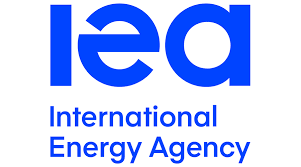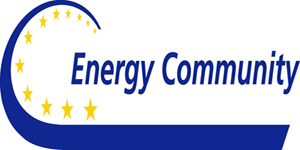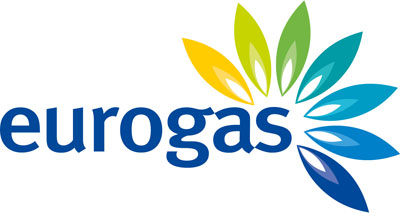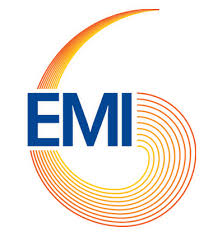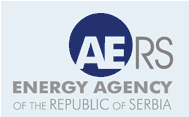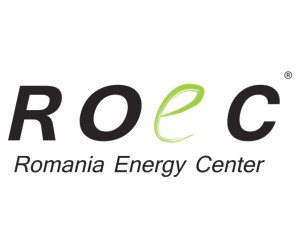In late September IENE sent to its members the latest issue of its monthly analysis, under the title "How feasible is an East-Med energy corridor?”. This latest analysis by the IENE assesses the likely options arising from the substantial findings of hydrocarbon resources in the broader East Mediterranean. In addition to gas, the analysis looks into the potential of an electric link between Israel-Cyprus and Greece.
As the area touching upon the Economic Exclusive Zones (EEZ) of Israel, Cyprus and Egypt holds contingent and proven gas reserves nearing 1.87 bcm, substantially larger than those found in the Caspian sector of Azerbaijan, this has inevitably given rise to often unfounded, speculation on the region’s pivotal role in meeting Europe’s long-term energy supply requirements, thus helping implement EU’s policy for gas supply diversification.
Thus, the East Med’s latest hydrocarbon discoveries could have far reaching political and economic consequences in an area with several points of geopolitical turmoil. On the other hand, the EU, with a total gas consumption of 426 bcm in 2015, according to Eurostat’s data, is looking to strengthen its security of energy supply through supply and route diversification.
IENE’s latest analysis tries to answer as to when and how such an export-led development may lead to the creation of a new energy corridor. Five scheduled and existing energy facilities are being examined under this perspective:
(i) the project for a joint Israel-Cyprus LNG terminal at Vassilikos (Cyprus), (ii) the project for the construction of an LNG terminal in onshore Israel, (iii) the existing liquefaction terminals in Egypt, (iv) the proposed East Med Pipeline and (v) project of the EuroAsia Interconnector on the interconnection of electricity networks between Israel, Cyprus and Greece.
After evaluating all relevant energy and geopolitical factors, IENE stresses in this analysis that it would be advantageous for the EU to support a regional cooperation scheme aimed at developing an East Med gas trading hub, both in the context of a forward looking energy policy and on account of foreign policy considerations. In terms of energy policy, the Institute notes that this initiative could provide much-needed substance to EU’s widely publicized aspirations for a gas supply diversification strategy as recently exemplified in the Energy Union, whereas, in terms of foreign policy, this initiative could allow international collaboration in an area that otherwise presents very few opportunities for cooperation.

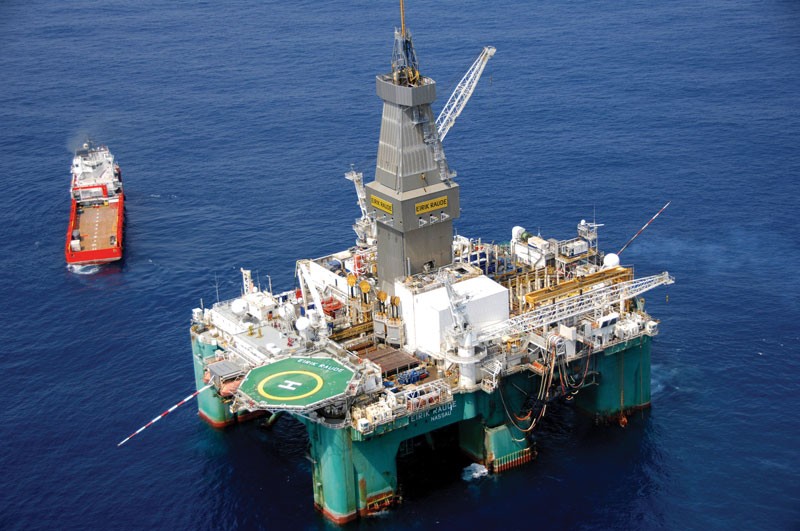 In late September IENE sent to its members the latest issue of its monthly analysis, under the title “How feasible is an East-Med energy corridor?”. This latest analysis by the IENE assesses the likely options arising from the substantial findings of hydrocarbon resources in the broader East Mediterranean
In late September IENE sent to its members the latest issue of its monthly analysis, under the title “How feasible is an East-Med energy corridor?”. This latest analysis by the IENE assesses the likely options arising from the substantial findings of hydrocarbon resources in the broader East Mediterranean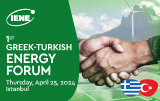
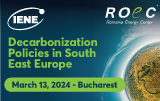

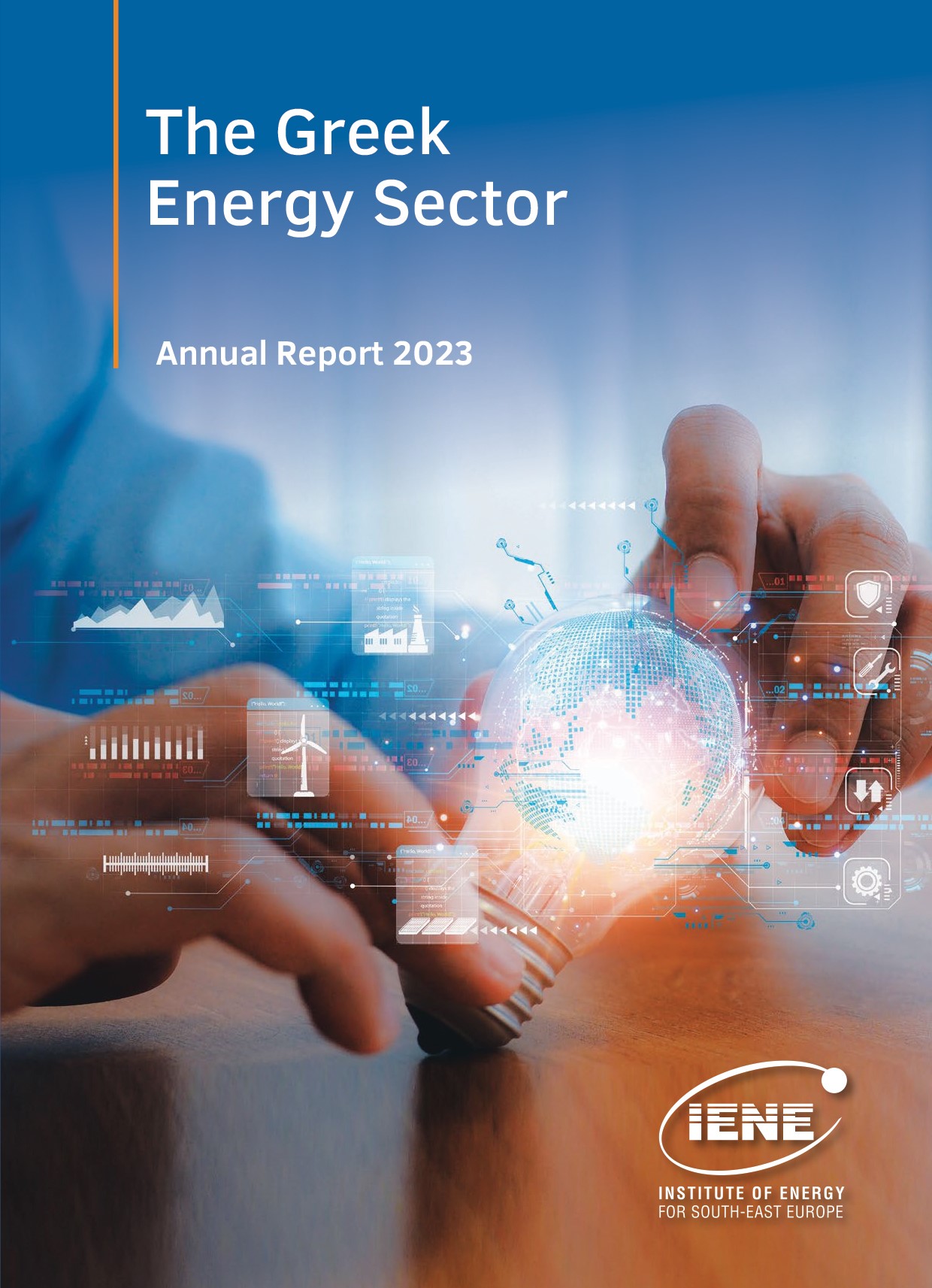
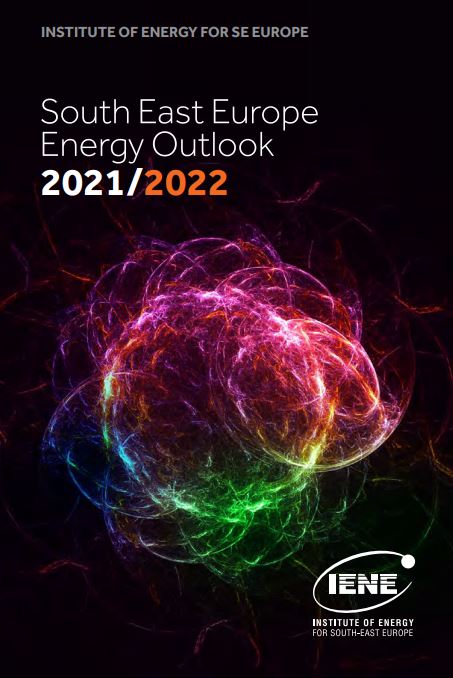
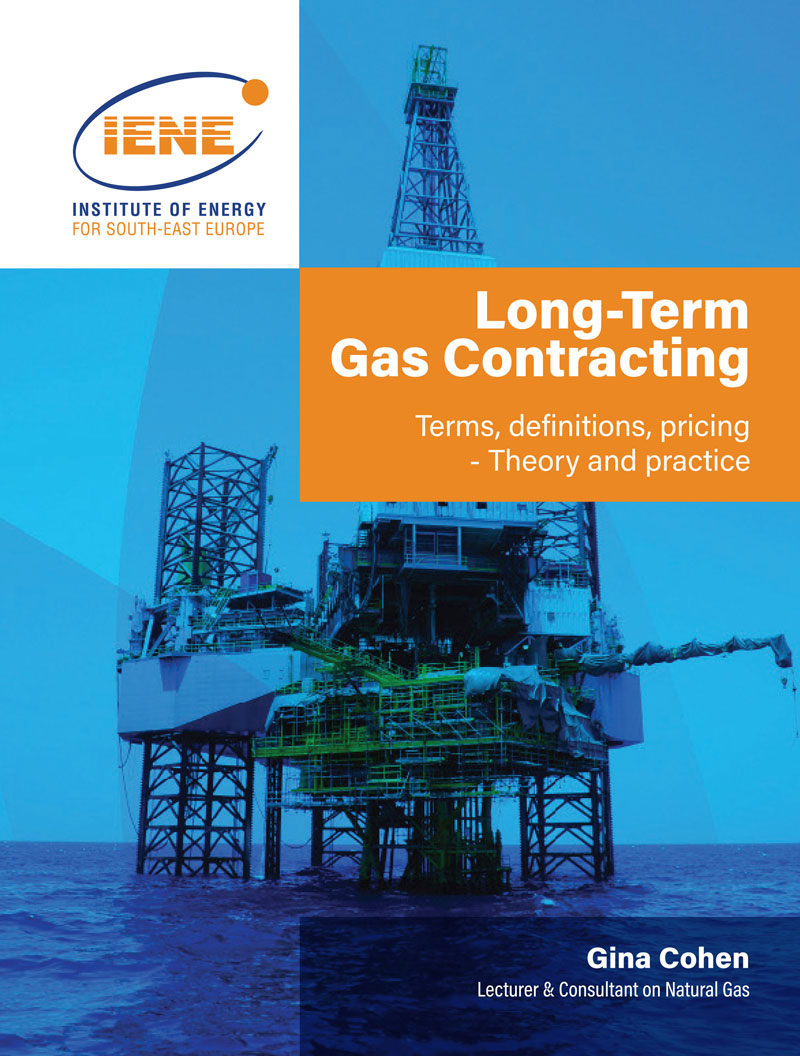 More
More
